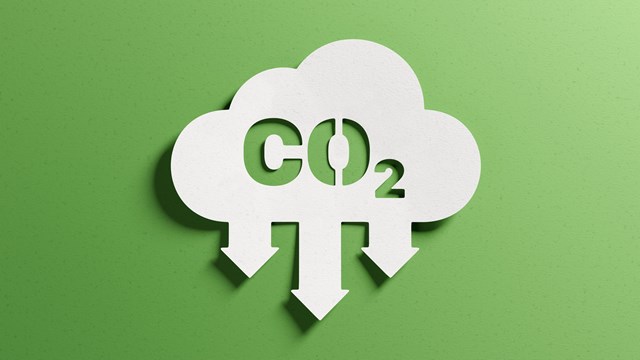For multifamily and mixed-use buildings, simultaneous heating and cooling needs between different tenants and systems bring challenges to both near-term energy management and long-term decarbonization. Combined, space heating and cooling and water heating account for more than half of the energy consumed in multifamily buildings.
Capturing and repurposing wasted heat—a process known as heat recovery—represents a cost-effective approach for multifamily buildings to significantly reduce their on-site energy use and greenhouse gas emissions.
How Does Heat Recovery Work?
Heat recovery involves the process of collecting and reusing thermal energy that would normally be lost, whether through ventilation exhaust, cooling towers, or wastewater. In other words, heat recovery enables buildings to store or reuse energy that’s already been paid for to cut energy costs and emissions.
Heat recovery systems can recycle wasted thermal energy through a variety of applications, including airside recovery, wastewater heat recovery, process heat recovery, flue-gas recovery, hydronic space heaters, and water-cooled air conditioners. This diversity of commercialized heat recovery solutions can accommodate varied building types and retrofit needs.
For example, airside heat recovery can be integrated in a ventilation system to transfer heat and moisture (during winter months) between the incoming supply air and outgoing exhaust. While the polluted air is transferred out, fresh air and energy savings are retained within the building.
Harnessing Wasted Heat to Move Toward Decarbonization
Multifamily buildings and other facility types across New York are incorporating heat recovery systems in retrofit projects and new construction alike.
In Westchester County, the two affordable multifamily buildings that comprise Whitney Young Manor are undergoing major low-carbon retrofits that include multiple heat recovery systems. The project developer, Paths Development LLC, is replacing the property’s ventilation system with energy recovery ventilation units that recapture heat that would otherwise be expelled as exhaust. Additional heat recovery will occur through a wastewater energy transfer system that provides supplemental heat to the new, centralized air source heat pump system.
Amalgamated Housing Cooperative (AHC)—the oldest limited equity multifamily co-op in the U.S.—is pioneering heat recovery solutions to achieve its decarbonization plans. The Bronx multifamily property is installing a wastewater heat recovery system to recapture heat from showers and toilets instead of flushing it away.
Reconfiguring the multifamily property’s existing piping systems will allow simultaneous heating and cooling and the decommissioning of its cooling tower. In its place, AHC will install rooftop solar panels to increase on-site energy generation.
Planning & Developing a Heat Recovery Strategy
Heat recovery is one of the first steps to building decarbonization and emissions reduction, following envelope improvements and optimizing controls and building systems. Further insights on where heat recovery fits in a phased approach to building electrification, a process known as Resource Efficient Decarbonization, can be found in the Retrofit Playbook for Large Buildings.
While heat recovery solutions have been incorporated in all retrofit projects funded through the Empire Building Challenge, this energy-saving equipment is not limited to high-rise multifamily buildings.
Given the variety of solution types, beginning with an assessment is recommended to identify opportunities and tailor a heat recovery system to complement the building design and existing equipment. Multifamily properties can access cost-share support through NYSERDA’s Heat Recovery Program to complete an assessment of a building’s heat recovery potential. Building owners who are farther along in the process can apply for funds to support heat recovery project design and demonstration projects.
The New York State Energy Research and Development Authority (NYSERDA) connects commercial and industrial leaders with technical experts and resources to take the guesswork out of decarbonization.










Leave a Comment